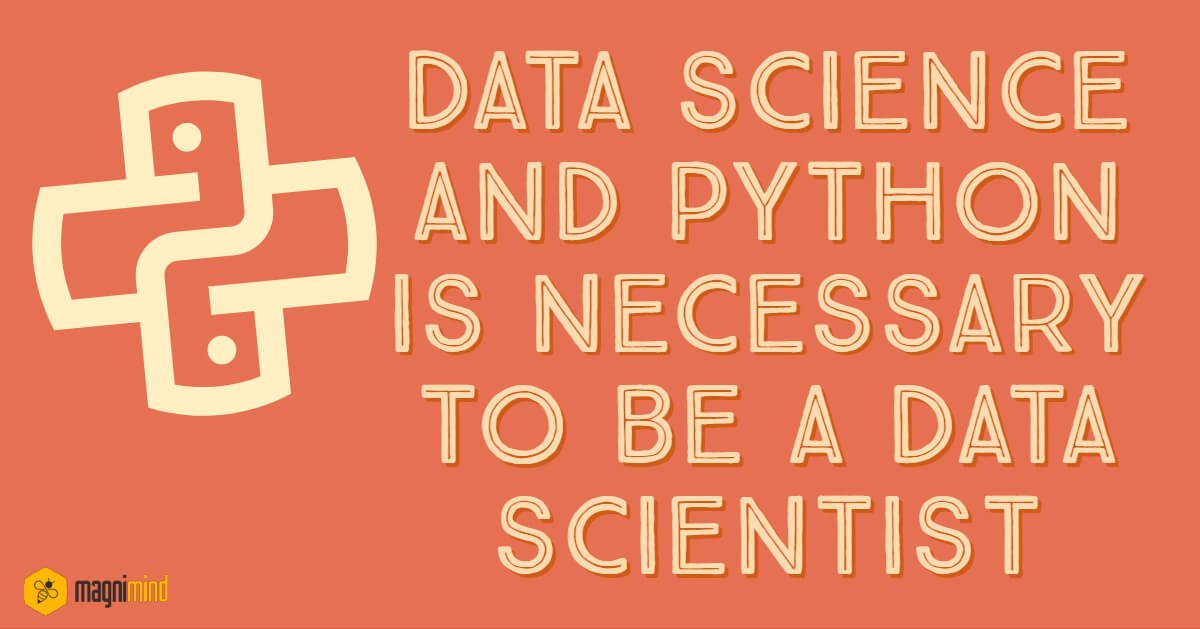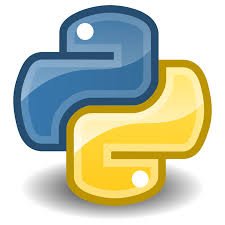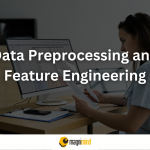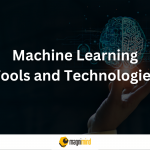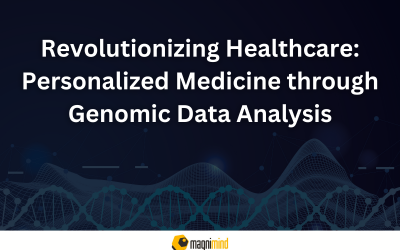Data science has become the buzzword over the last few years. Companies and organizations in virtually every industry are looking to get the optimum value from their rapidly increasing information resources. As we are living today in a data-driven age where interconnected humans and devices are churning out a huge volume of data every second relentlessly, it has become necessary for organizations and companies to take optimum advantage of their internal data assets and scrutinize the integration of hundreds of third-party data sources.
To do all these, they need data scientists or professionals from the field of data science. No wonder why data scientists are the king in the modern job market, and their roles will continue to expand as more and more organizations wake up to the importance of leveraging the huge pile of data that they are sitting on.
In the past, teams working with data were confined to an IT organization’s back rooms, where they executed the critical database tasks to ensure that the different corporate systems were fed with the data ‘fuel.’ This, in turn, facilitated corporate executives to report on operational activities and make informed financial decisions that brought the desired results. But the scenario has changed today as organizations have realized the true potential of a data scientist. These professionals are no longer confined to the back rooms of IT organizations. Instead, they are the rising stars who come equipped with the ability to manipulate huge amounts of data with modern statistical and visualization techniques, thus deriving futuristic insights that help predict probable business outcomes and diminish potential threats to the business.
As experts predict data scientists continuing to be in high demand together with other data science professionals, there’s a huge rush among people to enter this field, either by taking full-time courses, or getting the requisite training (and sometimes, certificates too) by attending short-term, fast-paced, information-packed bootcamps. If you too have your eyes set on becoming a data scientist, be prepared to invest a lot of time and effort because the road won’t be easy to travel upon. Yet, if you are ready for it all, it would surely be worth it all once you’ve the skills and hands-on experience, which you can put them to your own advantage when seeking data scientist jobs.
What makes the road to become a data scientist tough?

Despite a growing interest in the field of data science and people rushing in to get themselves enrolled in various courses and bootcamps to become data scientists, very few people actually become data scientists. As a result, there’s a burgeoning gap with market demand and supply, which is set to widen further in the forthcoming years. If you’re wondering why, the reasons are many.
To begin with, many don’t know what courses or modules they should take to become a data scientist. Then there are those who aren’t sure of what to expect from this field and when they finally get to know what it entails, they don’t like it and quit as a result. But the worse are those who invest their time to become a data scientists based on false expectations, thanks to misleading (and sometimes, even scammy) courses and institutes claiming to transform you (from a data science novice) into a data scientist within a fortnight.
Data science is a complex field that needs hard work and dedication. You simply can’t expect to master it all within a few days or a fortnight. But if you are ready to invest your time and effort, and see it through, you’ll be able to reap rich rewards once you finish your data science course conducted by a reputed institute. If you’re wondering what it takes to become a data scientist, here are the two things you must focus upon.
Focus on the complex field of data science
It’s often jokingly said that 80% of data science is data cleaning, while the rest 20% is made of complaining about it. But if you keep the joke aside, you’ll find that there’s indeed some truth to it. If you’re wondering what data cleansing is or why it’s important, here’s your answer. Data cleansing is a process to remove duplicate, outdated, or incorrect data, amend and fix badly-formatted, erroneous data, and modify incomplete data from databases, marketing lists, CRMs etc. By cleansing data this way, all incorrect and poor quality information is gone, thus leaving you with the highest quality information.
As data quality improves, your data-driven decisions would be more effective and even your organization’s overall productivity would get a boost since your employees will no longer have to sift through loads of outdated documents and incorrect information, which in turn would let them put their work hour to the optimum use. However, data science isn’t just about data cleansing. Rather, it’s much more than that.
Many people have a wrong notion about the data science role they’ll play once they’re ready to enter the field. They think that they’ll be performing machine learning (ML) and predictive analytics round the clock. But before you run a proper ML algorithm, you’ll have to complete several other steps at first such as the following:
- Data collection
- Discovering and understanding the data
- Data cleaning
- Data formatting
- Data visualization
- Running data analytics projects
- Automating the steps mentioned above
As we’ve said earlier, data science is a complex field. To get job-ready as a beginner, you should know which areas to focus upon. Instead of trying to master machine learning and AI (artificial intelligence), you should emphasize on:
- Mastering Python, R, and SQL
- Being familiar with the fundamentals of statistics
- Comprehending the business logic behind simpler analytical methods
- Practicing working with a dirty and raw data set
- Learning how to automate
- Practicing data cleaning and data formatting along with automation
As your career moves forward and you gain confidence in dealing with the basics of data science, you can take up the complex subjects such as deep learning, machine learning and AI etc.
Why you should focus on Python?
Data science and Python mesh well, and probably this is the reason why this programming language has emerged as the go-to tool of data scientists. Let’s take a look at what makes Python so important for learning data science. The field of data science involves extrapolating actionable and helpful information from massive stores of registers, statistics, and data. Since such data is usually unsorted, it’s difficult to associate it with any meaningful accuracy. By making connections between disparate datasets, machine learning can help maximize value from data. However, the process demands serious computational power and sophistication. And that’s exactly where Python fits in.
By using Python as the data science tool, the process of exploring the basics of machine learning becomes effective and easy. In short, machine learning is more about mathematical optimization, statistics, and probability. Thanks to facilitating data scientists to ‘do math’ with ease, Python has emerged as the most preferred machine learning tool. Take any math function, and you’ll find a Python package that meets your requirements. For example, to handle numerical linear algebra, you can use NumPy, while for general scientific computing, you can rely on SciPy. For convex optimization, you have CVXOPT, while symbolic algebra can be dealt with using SymPy. For statistical modeling, you can rely on statsmodels and PyMC3.
Once you’ve your grip on the basics of ML algorithm including linear regression and logistic regression, you’ll find it easy to implement ML systems for predictions by way of Python’s scikit-learn library. Python is even easy to customize for deep learning and neutral networks with libraries such as TensorFlow, Theano, and Keras.
Since the data science landscape is undergoing a rapid change, tools employed for extracting value from data too have increased in numbers. Though two of the most popular programming languages in the domain of data science are R and Python, the latter seems to have an edge over the former. The reasons could be attributed to Python being scalable, and shaving short learning curve along with a huge variety in its data analytics/data science libraries and the support of its active and widespread community. Additionally, as the tech giants like Google lead the way for using Python effectively, it has inched ahead to become the most popular programming language among data scientists.
Final words
Data has emerged as the new ‘oil’ in today’s data-driven world. As the success of companies and organizations depend on their ability to extract meaningful and actionable insights from the unparalleled flow of data, data science and data scientists have come to the forefront.
Since it all depend on data scientists to help companies and organizations find meaning out of seemingly innocuous information and make informed, strategic decisions, they have become a revered lot. If you too want to join their league, you should focus on the field of data science (with a special emphasis on Python) to become a successful data scientist.


